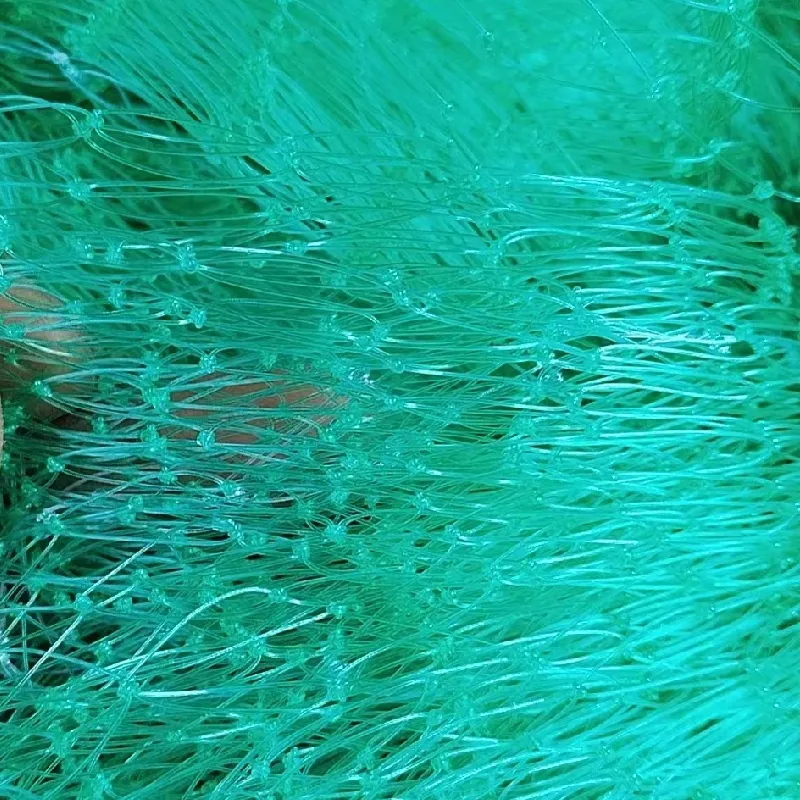-
 Afrikaans
Afrikaans -
 Albanian
Albanian -
 Amharic
Amharic -
 Arabic
Arabic -
 Armenian
Armenian -
 Azerbaijani
Azerbaijani -
 Basque
Basque -
 Belarusian
Belarusian -
 Bengali
Bengali -
 Bosnian
Bosnian -
 Bulgarian
Bulgarian -
 Catalan
Catalan -
 Cebuano
Cebuano -
 China
China -
 Corsican
Corsican -
 Croatian
Croatian -
 Czech
Czech -
 Danish
Danish -
 Dutch
Dutch -
 English
English -
 Esperanto
Esperanto -
 Estonian
Estonian -
 Finnish
Finnish -
 French
French -
 Frisian
Frisian -
 Galician
Galician -
 Georgian
Georgian -
 German
German -
 Greek
Greek -
 Gujarati
Gujarati -
 Haitian Creole
Haitian Creole -
 hausa
hausa -
 hawaiian
hawaiian -
 Hebrew
Hebrew -
 Hindi
Hindi -
 Miao
Miao -
 Hungarian
Hungarian -
 Icelandic
Icelandic -
 igbo
igbo -
 Indonesian
Indonesian -
 irish
irish -
 Italian
Italian -
 Japanese
Japanese -
 Javanese
Javanese -
 Kannada
Kannada -
 kazakh
kazakh -
 Khmer
Khmer -
 Rwandese
Rwandese -
 Korean
Korean -
 Kurdish
Kurdish -
 Kyrgyz
Kyrgyz -
 Lao
Lao -
 Latin
Latin -
 Latvian
Latvian -
 Lithuanian
Lithuanian -
 Luxembourgish
Luxembourgish -
 Macedonian
Macedonian -
 Malgashi
Malgashi -
 Malay
Malay -
 Malayalam
Malayalam -
 Maltese
Maltese -
 Maori
Maori -
 Marathi
Marathi -
 Mongolian
Mongolian -
 Myanmar
Myanmar -
 Nepali
Nepali -
 Norwegian
Norwegian -
 Norwegian
Norwegian -
 Occitan
Occitan -
 Pashto
Pashto -
 Persian
Persian -
 Polish
Polish -
 Portuguese
Portuguese -
 Punjabi
Punjabi -
 Romanian
Romanian -
 Russian
Russian -
 Samoan
Samoan -
 Scottish Gaelic
Scottish Gaelic -
 Serbian
Serbian -
 Sesotho
Sesotho -
 Shona
Shona -
 Sindhi
Sindhi -
 Sinhala
Sinhala -
 Slovak
Slovak -
 Slovenian
Slovenian -
 Somali
Somali -
 Spanish
Spanish -
 Sundanese
Sundanese -
 Swahili
Swahili -
 Swedish
Swedish -
 Tagalog
Tagalog -
 Tajik
Tajik -
 Tamil
Tamil -
 Tatar
Tatar -
 Telugu
Telugu -
 Thai
Thai -
 Turkish
Turkish -
 Turkmen
Turkmen -
 Ukrainian
Ukrainian -
 Urdu
Urdu -
 Uighur
Uighur -
 Uzbek
Uzbek -
 Vietnamese
Vietnamese -
 Welsh
Welsh -
 Bantu
Bantu -
 Yiddish
Yiddish -
 Yoruba
Yoruba -
 Zulu
Zulu
stainless steel welded wire mesh
Stainless Steel Welded Wire Mesh An Overview
Stainless steel welded wire mesh is a versatile and durable material that has gained widespread acceptance across various industries and applications. This mesh, composed of high-quality stainless steel wires, is constructed through a welding process that ensures strength and stability while maintaining flexibility and versatility. As we delve into the characteristics, advantages, and applications of stainless steel welded wire mesh, we can appreciate its essential role in modern construction and manufacturing.
Characteristics of Stainless Steel Welded Wire Mesh
Stainless steel welded wire mesh is known for its impressive physical and chemical properties. The primary component, stainless steel, is an alloy made primarily from iron, carbon, and chromium, which provides exceptional corrosion resistance. This property is one of the key advantages of stainless steel over other materials, particularly in harsh environments where exposure to moisture, chemicals, and extreme temperatures is a concern.
The mesh is available in various wire diameters, opening sizes, and sheet sizes, making it adaptable to different applications. The precise construction of the mesh—where wires are uniformly spaced and welded at intersections—ensures that it remains strong under tension and resistant to deformation. This rigidity, combined with its lightweight nature, makes stainless steel welded wire mesh easy to handle and install in various configurations.
Advantages of Stainless Steel Welded Wire Mesh
1. Durability One of the standout benefits of stainless steel welded wire mesh is its extended lifespan. Unlike non-stainless alternatives, it does not rust or corrode, making it suitable for outdoor usage and in environments with high humidity or exposure to chemicals.
2. Low Maintenance The inherent properties of stainless steel mean that welded wire mesh requires minimal upkeep. Routine cleaning is often enough to maintain its appearance and performance, making it a cost-effective option over time.
stainless steel welded wire mesh

3. Aesthetic Appeal The sleek, metallic finish of stainless steel adds a contemporary touch to architectural and design projects. Welded wire mesh can be utilized as decorative fencing, infill panels, and even art installations.
4. Versatility Stainless steel welded wire mesh finds applications in a wide range of industries, from construction and agriculture to food processing and transportation. Its adaptability allows it to serve functions such as security fencing, animal enclosures, wildlife protection, gardening and agriculture, and filtration systems.
5. Safety and Security Due to its robust construction and resistance to vandalism, stainless steel welded wire mesh is often used to enhance safety and security in public and private spaces. It effectively deters intruders while still allowing visibility and airflow.
Applications of Stainless Steel Welded Wire Mesh
The applications of stainless steel welded wire mesh are extensive. In the construction sector, it is often used for reinforcing concrete, providing added strength and stability. In agriculture, it is utilized for fencing, livestock enclosures, and garden protection against pests. Its filtration capabilities make it valuable in water treatment facilities, where it helps in the removal of contaminants.
Moreover, stainless steel welded wire mesh is prevalent in the food industry, where it acts as a barrier to pests while ensuring compliance with hygiene standards. It is also used in the production of various products, including shelves, racks, and even specialized equipment in laboratory settings.
In summary, stainless steel welded wire mesh is a remarkable material that combines strength, durability, and versatility. Its resistance to corrosion, low maintenance needs, aesthetic appeal, and wide-ranging applications make it a go-to solution for many industries. As technology continues to advance, we can expect stainless steel welded wire mesh to evolve, meeting the demands of modern construction and manufacturing while maintaining its core qualities. Whether used for safety, structural integrity, or aesthetic purposes, this mesh serves as a testament to the ingenuity of material engineering.
-
Shipping Plastic Bags for Every NeedNewsJul.24,2025
-
Safety Netting: Your Shield in ConstructionNewsJul.24,2025
-
Plastic Mesh Netting for Everyday UseNewsJul.24,2025
-
Nylon Netting for Every UseNewsJul.24,2025
-
Mesh Breeder Box for Fish TanksNewsJul.24,2025
-
Expanded Steel Mesh Offers Durable VersatilityNewsJul.24,2025











